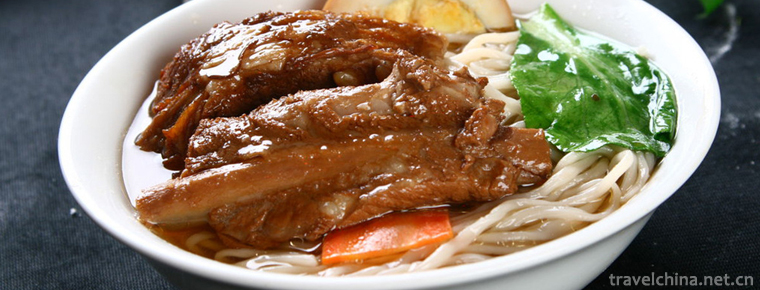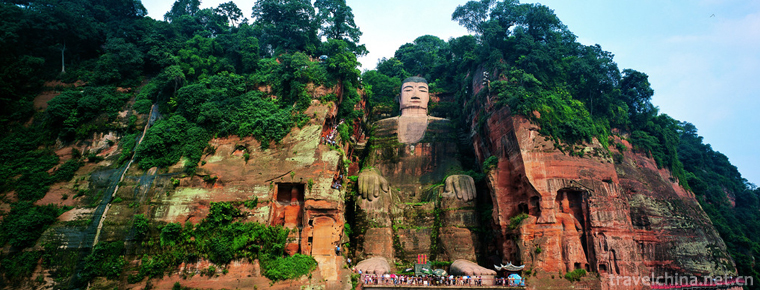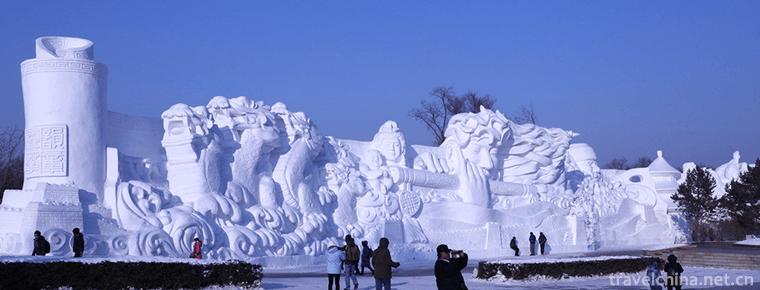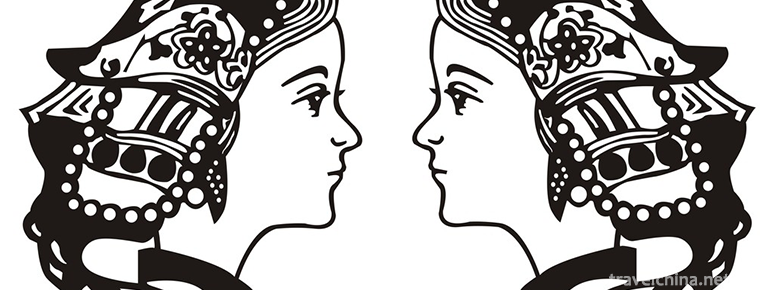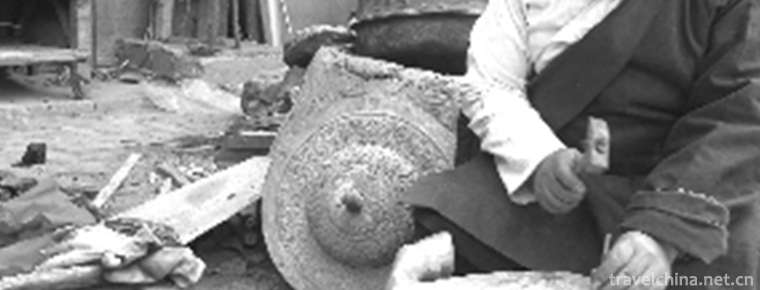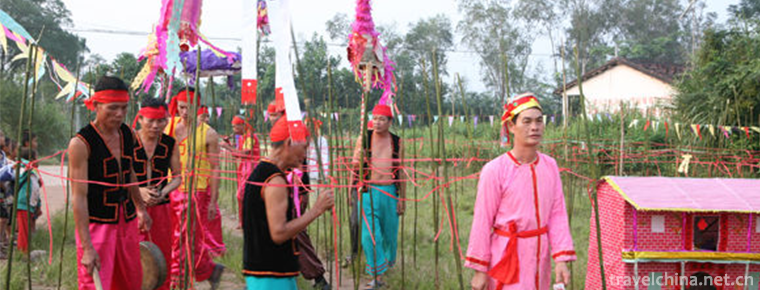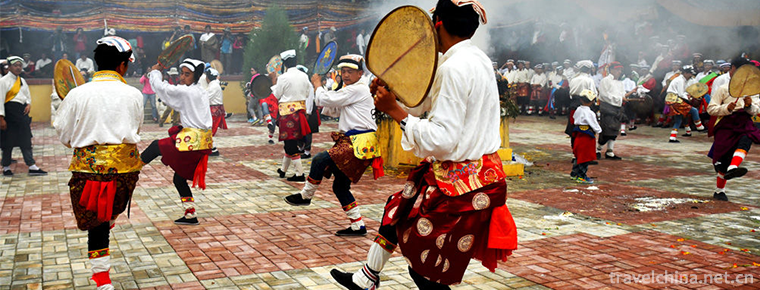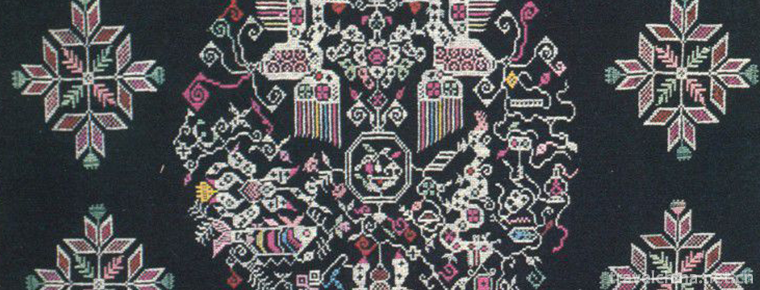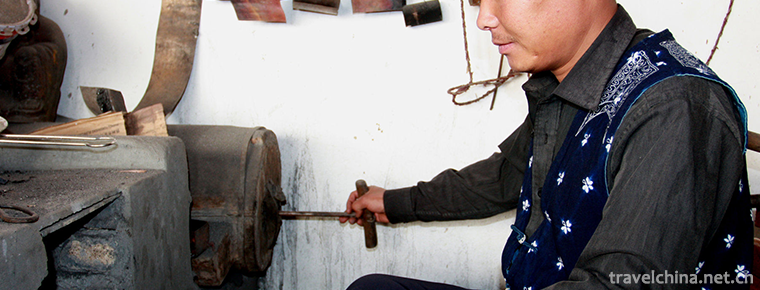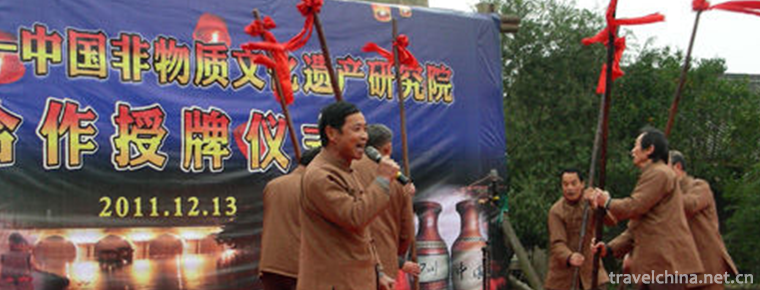Ming opera style
Ming opera style
Yiyang Opera, a local traditional drama in Yiyang County, Jiangxi Province, is one of the national intangible cultural heritage.
On May 20, 2006, Yiyang Opera was approved by the State Council of the People's Republic of China to be listed in the first batch of national intangible cultural heritage, numbered IV-5.
Cultural characteristics
The role of Yiyang tune is divided into Xiaosheng, Zhengsheng, Laosheng, Erhua, Sanhua, Xiaodan, Zhengdan, Laodan and so on. Its singing structure was initially composed of music and cards, accompanied by gongs and drums instead of orchestral accompaniment. The performer sings by one person and receives tunes by several people, thus forming a very distinctive singing mode of "unaccompanied song and gang tune" in the Ming Dynasty. Ye also developed a rolling tone to break the system of the combination of songs and cards, which further enhanced the dramatic and expressive power of the vocal music.
In the Ming Dynasty, literati and refined scholars seldom wrote, often adapted from the ready-made scripts of Kunshan Opera. The lyrics were popular, and the songs were easy to accept by the masses. Their singing style was solo singing by one person, accompanied by a group of people, only noisy gongs and drums and other percussion accompaniments, which was suitable for the field performance of Tongqu. Because it is widely popular among the people, and later developed into many tribes, long-term rivalry with Kunshan Opera. The legends of the middle and late Ming Dynasty are mainly Kunshan and Yiyang tunes.
Representational repertoire
Biyang Opera is divided into two categories: Liantai Opera and Legendary Book. The former includes Biography of the Three Kingdoms, Water Margin, Yuefei Biography, Mulian Biography and Fengshen Biography. The latter includes Qingmei Club, Gucheng Club, Dingtianshan, Jinmingji, Pearl Story and Water Selling Story.
Epidemic areas
Yiyang Opera is mainly inherited in Guixi, Wannian, Leping, Poyang, Fuliang, Shangrao and other areas in Jiangxi Province. It was spread in Anhui, Jiangsu, Zhejiang, Fujian, Guangdong, Hunan, Hubei, Yunnan, Guizhou and Beijing in the early and middle Ming Dynasty.
Inheritance and Protection
Inheritance value
Yiyang Opera is a wonderful flower of Chinese traditional culture. Its contribution to the development of Chinese opera, especially local opera, is irreplaceable.
Current situation of inheritance
Over the past two decades, due to various reasons, the inheritance of Yiyang Opera has entered a dilemma. The performing troop has been seriously aging, the name of the troupe has survived, and many excellent plays and singing tunes are on the verge of being lost. Even in its popular place, Yiyang Opera has been unable to meet the audience for many years and has fallen into an embarrassing situation that has been forgotten.
Heritage figures
Lin Xihuai, female, Han nationality, on May 8, 2018, was selected as the fifth batch of representative inheritors of national intangible cultural heritage projects, the representative project: Yiyang Tune.
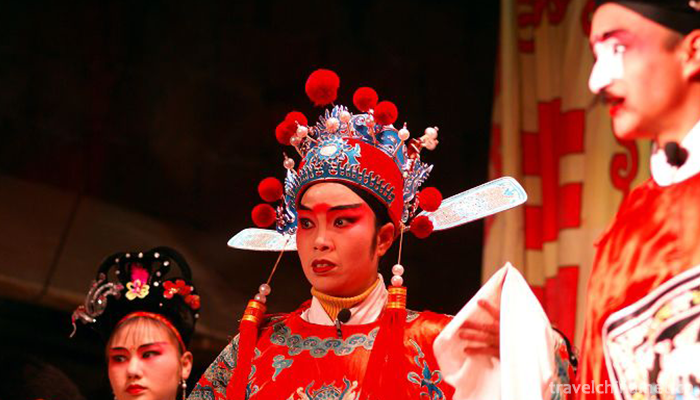
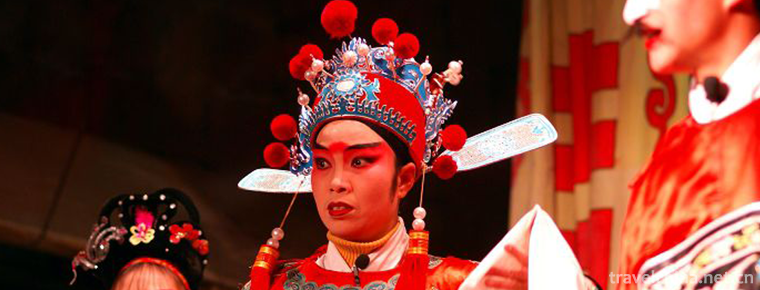
Ming opera style
-
Pork ribs Noodles
Pork ribs Noodles are a traditional pasta, especially in Cantonese cuisine
Views: 193 Time 2018-10-12 -
Leshan Giant Buddha
Located on the East Bank of Minjiang River in Leshan City
Views: 183 Time 2018-10-13 -
Harbin Polarland
Harbin Polar Museum is the world's first polar entertainment park, one of the four major scenic spots of Harbin International Ice and Snow Festival, the national 4A-level tourist attraction
Views: 188 Time 2019-01-13 -
Ah Shi Ma
Ashima, a traditional folk literature in Shilin Yi Autonomous County, Yunnan Province, is one of the national intangible cultural heritage.
Views: 259 Time 2019-03-28 -
Tibetan Cobalt Technology
Zhang Zhaxi, a Tibetan cobalt-smelting craftsman over half a century old, told reporters that he was just "catching its tail" when the craft was losing its popularity.
Views: 169 Time 2019-04-15 -
Ancient dance Lao Gu dance
Ancient dance, the meaning of "breaking through the barrier" in Li language, is called "ancestor-telling" in ancient books. The ancestor worship originated from the primitive socie
Views: 146 Time 2019-05-11 -
June meeting in Regong
Regong June Festival is a unique traditional cultural festival of Tibetan and Tu villages in Tongren County, Qinghai Province. It has been circulated for more than 1400 years. Every June in the Lunar
Views: 108 Time 2019-06-11 -
Cross stitch
Flower picking, a kind of drawing work, also refers to a needle method of embroidery, Chinese folk traditional handicraft. Also known as "pick weave", "cross embroidery", "cro
Views: 235 Time 2019-06-21 -
Silver jewelry making skills
Yunnan has been known as the "metal kingdom" since ancient times. Silver and copper resources in Western Yunnan are very rich, with Dali as a typical representative. Heqing Silver Ware Makin
Views: 164 Time 2019-07-13 -
Make a chant
Bamboo and hemp trumpet is a traditional folk song of Qionglai City, Sichuan Province. It belongs to a kind of labor trumpet sung by local papermaking workers when playing bamboo and hemp. It is mainl
Views: 154 Time 2019-08-03 -
Huangshan University
Huangshan University, formerly known as the Huizhou normal school, was founded in 1978. In December 1997, it merged with the Huizhou Junior College of University of Science and Technology of China. It
Views: 135 Time 2019-11-17 -
Suining transportation
Suining is a transportation hub city in Sichuan Province, with an equal distance of 128 km between Suining and Chengdu Chongqing. It is an important node city and secondary comprehensive transportation hub between Chengdu and Chongqing. 237km "3-way 7-line" railway
Views: 132 Time 2020-12-16
